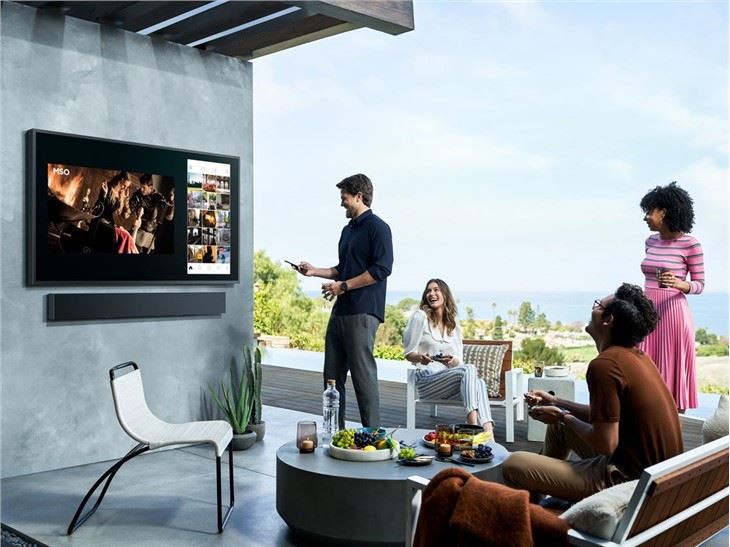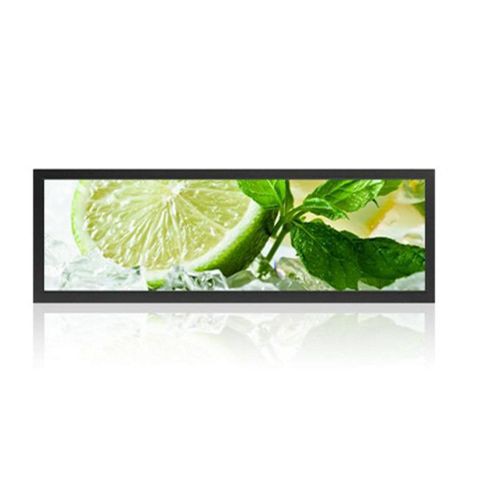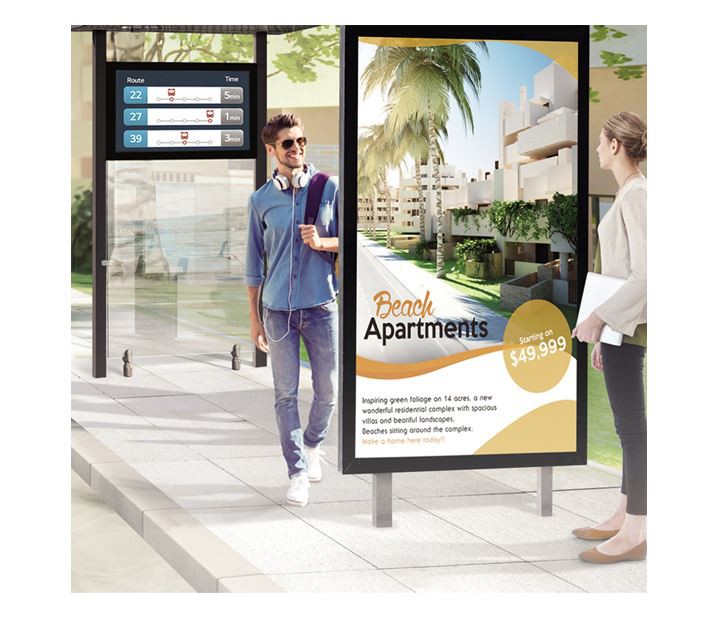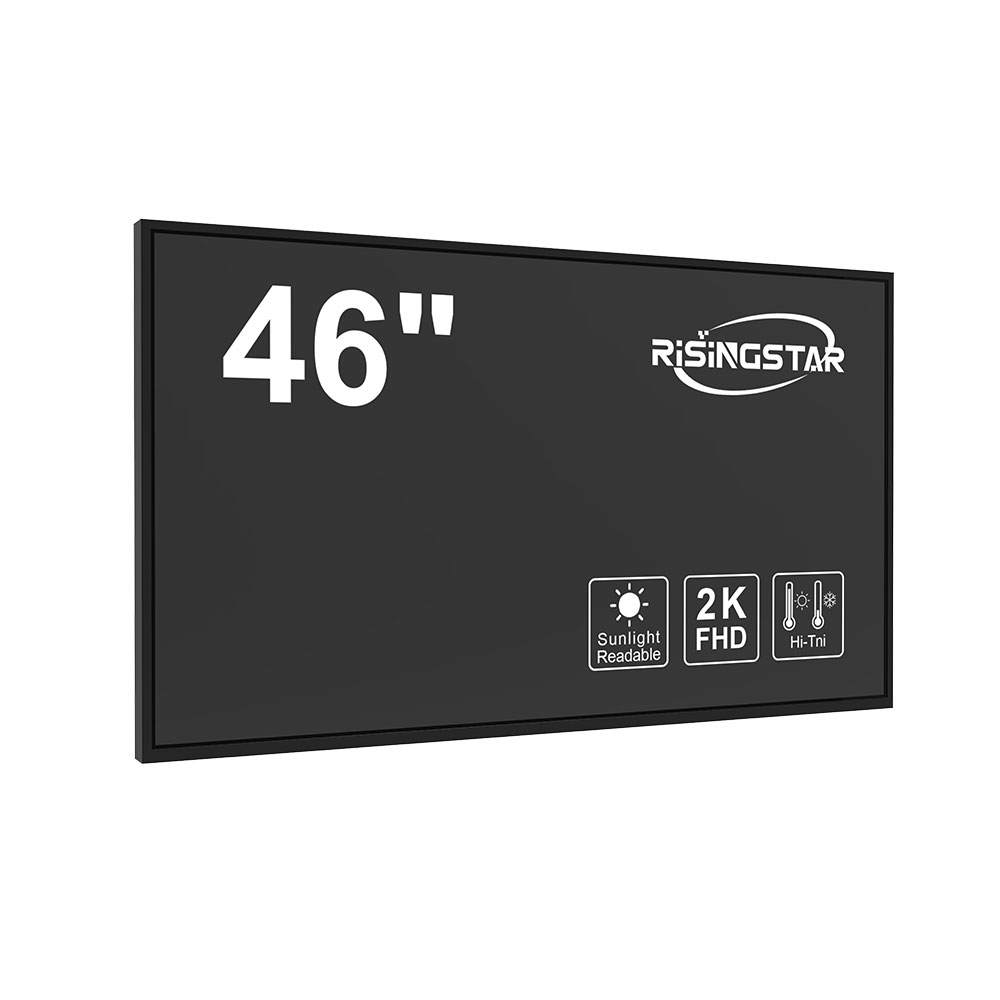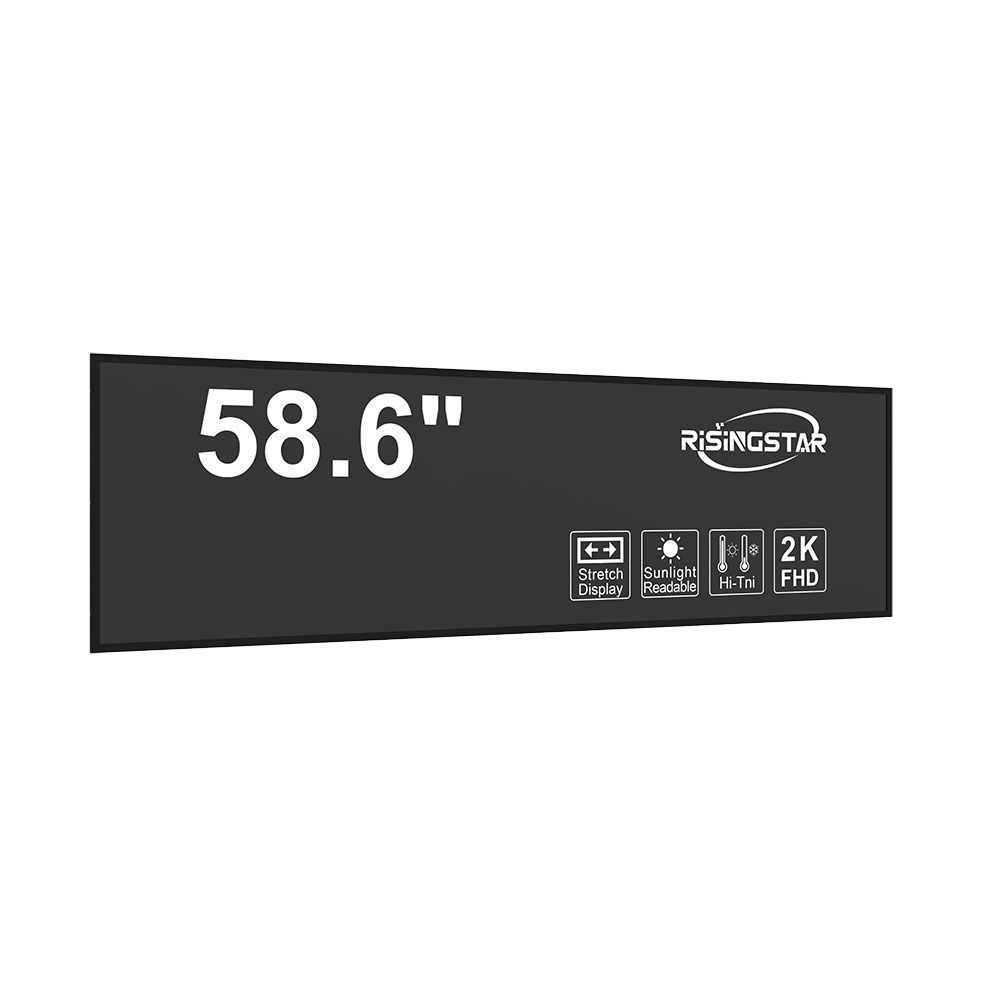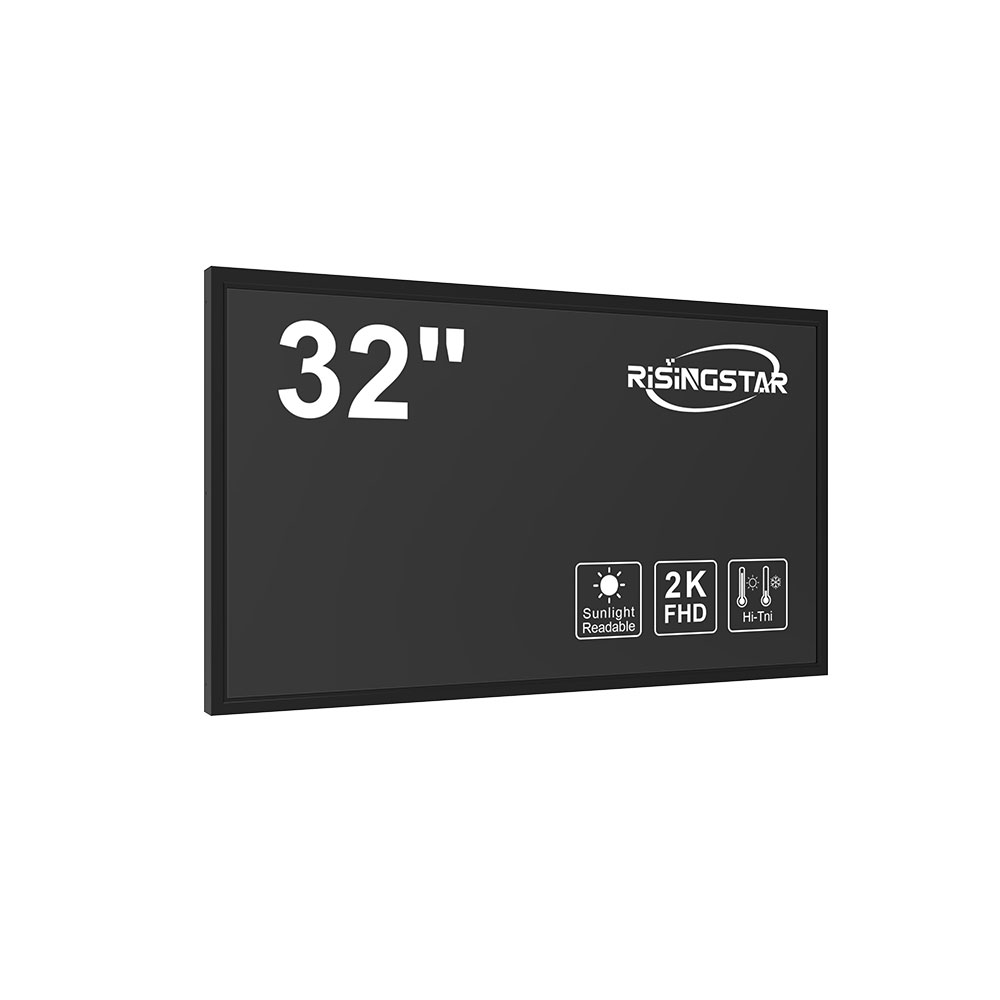Wenn es um Digital Signage in anspruchsvollen Umgebungen geht, wie Baustellen, Einzelhandelsplätze, Verkehrsknoten oder öffentliche Parks, werden Standard-Indoor-Displays einfach nicht geschnitten. Genau hier kommen LCD-Bildschirme im Freien ins Spiel: Entwickelt für Sichtbarkeit unter direktem Sonnenlicht, extremen Temperaturen und rauen Wetterbedingungen. Da die weltweite Nachfrage nach langlebiger, hochheller Digital Signage zunimmt, ist das Verständnis der Kerntechnologien hinter Outdoor-LCDs für Integratoren, Facility-Manager und Beschaffungsteams von entscheidender Bedeutung.
Warum Outdoor-LCDs nicht nur sind Größere Indoor-Bildschirme"
A common misconception is that outdoor LCDs are merely scaled-up versions of indoor monitors. In reality, they are precision-engineered systems with specialized components. The key differentiators lie in brightness (measured in nits), environmental sealing (IP65/IP67 rating), thermal management, and display durability. According to a 2023 report by MarketsandMarkets, the global Digitale Beschilderung im Freien market is projected to exceed $40 billion by 2028—a compound annual growth rate (CAGR) of over 9%, driven largely by advancements in outdoor LCD technology.
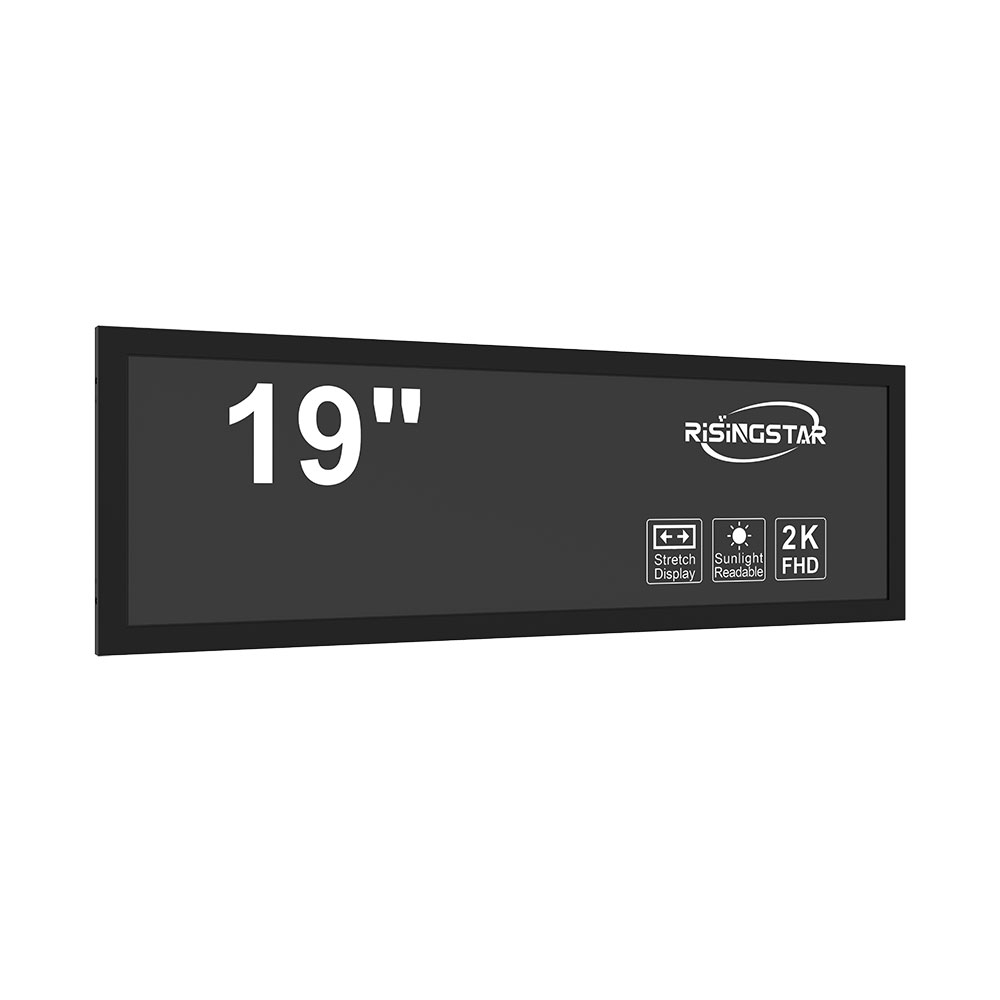
Helligkeit: Die Grundlage der Sichtbarkeit
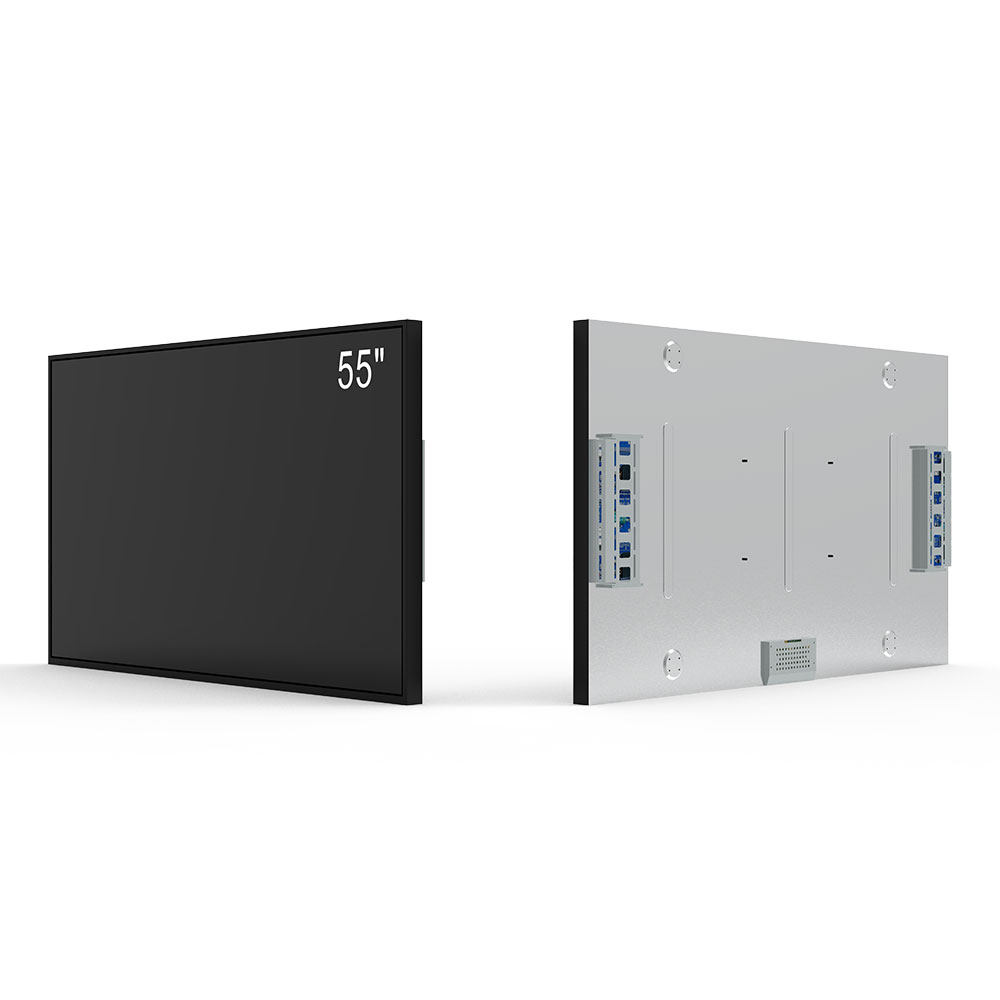
Der auffälligste Unterschied zwischen Indoor- und Outdoor-LCDs ist die Leuchtkraft. Während ein durchschnittlicher Indoor-Bildschirm etwa 300-500 Nits emittiert, beginnen Outdoor-Modelle typischerweise bei 1.500 Nits und können bis zu 10.000 Nits erreichen. Diese Reihe sorgt für Lesbarkeit auch bei vollem Tageslicht, insbesondere während der Sonnenspitzstunden. Zum Beispiel liefert die QLED Outdoor Display-Serie von Samsung bis zu 7.000 Nits, was sie ideal für Flughafenkioske oder Stadtzentrum-Werbebilder macht.
Allerdings reicht eine höhere Helligkeit allein nicht aus - sie muss mit einer adaptiven Helligkeitssteuerung kombiniert werden. Viele moderne Outdoor-LCDs verwenden Umgebungslichtsensoren, die die Helligkeit automatisch auf der Grundlage der Echtzeit-Sonnenlichtintensität anpassen. Dies bewahrt nicht nur die Bildqualität, sondern reduziert auch den Stromverbrauch und verlängert die Lebensdauer des Panels.
Umweltschutz: IP-Bewertungen und Dichtung
Außenumgebungen stellen Displays Regen, Staub, Feuchtigkeit und Temperaturschwankungen ausgesetzt. Um dies zu bekämpfen, befolgen renommierte Hersteller internationale Standards wie IEC 60529, die Eintrittsschutz (IP) Bewertungen definiert. Eine IP65-Bewertung bedeutet, dass das Gerät vor Staub und Niederdruckwasserstrahlen geschützt ist; IP67 bietet Schutz vor vorübergehendem Eintauchen in Wasser bis zu 1 Meter Tiefe.
In der Praxis ist das sehr wichtig. Eine Fallstudie einer Londoner Verkehrsbehörde ergab, dass nach dem Wechsel auf IP67-bewertete Outdoor-LCDs in Bushaltestellen die Systemausfälle im Vergleich zu früheren Modellen mit nur IP54 um 72% gesunken sind. Diese Einheiten überlebten schwere Monsunregner und kalte Winterbedingungen ohne Fehler - ein Beweis dafür, dass eine richtige Abdichtung nicht verhandelbar ist.
Wärmemanagement: Kühlung ohne Kompromisse
Heat buildup is one of the leading causes of LCD degradation. Unlike indoor displays, outdoor units face solar radiation and ambient heat. High-end outdoor LCDs integrate passive and active cooling mechanisms: heat sinks, convection-based airflow channels, and sometimes even liquid-cooled systems for industrial-grade applications.
For instance, LG’s Outdoor LED-LCD hybrid solution uses a dual-stage cooling system—passive heat dissipation via aluminum chassis combined with fan-assisted airflow when internal temps exceed 45°C. This design prevents overheating while maintaining energy efficiency, crucial for locations with limited access to reliable power sources.
Display Technologies: IPS vs. TN vs. OLED for Outdoor Use
While OLED offers superior contrast ratios, its sensitivity to UV exposure makes it less suitable for long-term outdoor deployment. Most manufacturers favor IPS (In-Plane Switching) panels due to their wide viewing angles, color accuracy, and better resistance to temperature extremes.
Recent innovations include enhanced anti-glare coatings and nanostructured glass that reduce reflection by up to 80%. This allows users to see content clearly even when standing directly beneath the sun. Companies like Sony and NEC now offer “sunlight-readable” displays certified under ISO 13406-2, ensuring consistent performance across diverse lighting conditions.
Power Efficiency and Sustainability
Energy consumption remains a top concern for cities and businesses deploying multiple outdoor displays. Newer models leverage LED backlighting with dynamic dimming algorithms that lower power usage during off-peak hours. Some units support PoE (Power over Ethernet), reducing wiring complexity and installation costs.
A pilot project in Dubai installed 100 outdoor LCDs using Energy Star-certified modules. Over six months, these units consumed 35% less electricity than legacy models—translating into significant savings for municipal budgets. Additionally, many brands now incorporate recyclable materials and meet RoHS compliance, aligning with ESG goals.
Real-World Applications: From Retail to Smart Cities
Retailers benefit from dynamic product promotions visible in parking lots or near storefronts. In South Korea, Hyundai Motors deployed outdoor LCDs at dealerships showing real-time vehicle configurations and pricing—resulting in a 22% increase in foot traffic and sales conversions.
Smart cities are adopting outdoor LCDs for public information boards. Barcelona’s “Digital City” initiative integrated over 200 outdoor displays offering live transit updates, weather alerts, and emergency notifications. These screens operate 24/7, requiring robust software platforms for remote diagnostics and firmware updates.
Even in agriculture, outdoor LCDs monitor irrigation schedules and crop health data via IoT-connected sensors—an emerging trend known as precision farming.
Maintenance Considerations: Long-Term Reliability
While initial cost is important, total cost of ownership (TCO) matters more over time. Key maintenance factors include:
- Self-diagnostic capabilities: Modern outdoor LCDs often feature built-in health monitoring tools that alert operators to potential issues before failures occur.
- Modular design: Replacing parts like backlight modules or control boards reduces downtime and repair expenses.
- Remote management: Solutions like Crestron or Cisco’s Digital Signage Manager allow centralized control of hundreds of units globally—ideal for enterprise deployments.
A 2022 study by the University of California, Berkeley, found that organizations investing in modular, remotely manageable outdoor displays saw a 40% reduction in maintenance labor costs within two years.
Future Trends: AI Integration and Flexible Displays
The next frontier includes AI-driven content optimization—where displays analyze crowd density and adjust message frequency accordingly. For example, during rush hour, a display might show faster-moving ads tailored to commuters.
Flexible OLEDs are also entering the market, though still primarily in prototype stages. These could enable curved façade installations or integration into vehicles, opening new possibilities for mobile advertising.
Ultimately, choosing the right outdoor LCD involves evaluating brightness, environmental resilience, thermal efficiency, and application-specific needs—not just price. With careful planning, these displays become powerful tools for communication, safety, and revenue generation in any outdoor setting.




